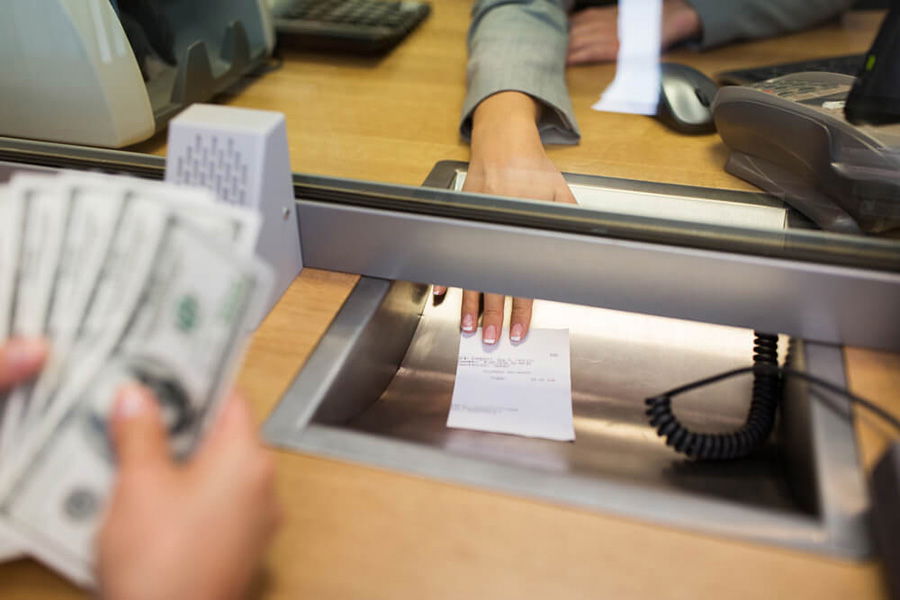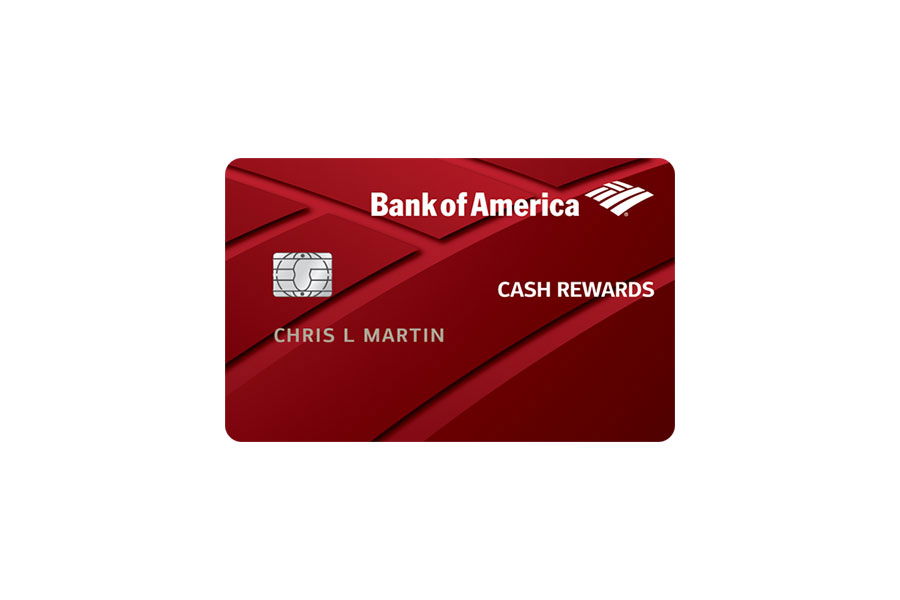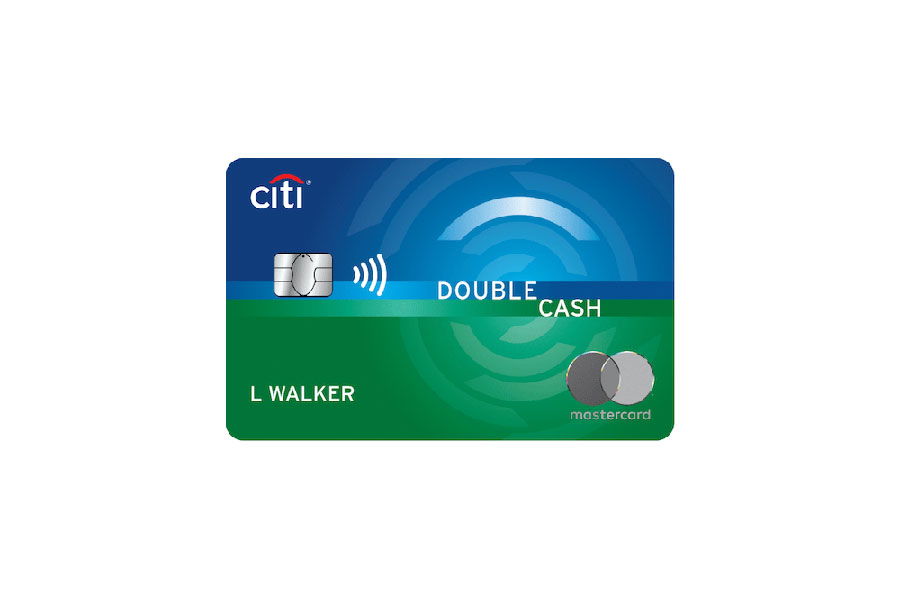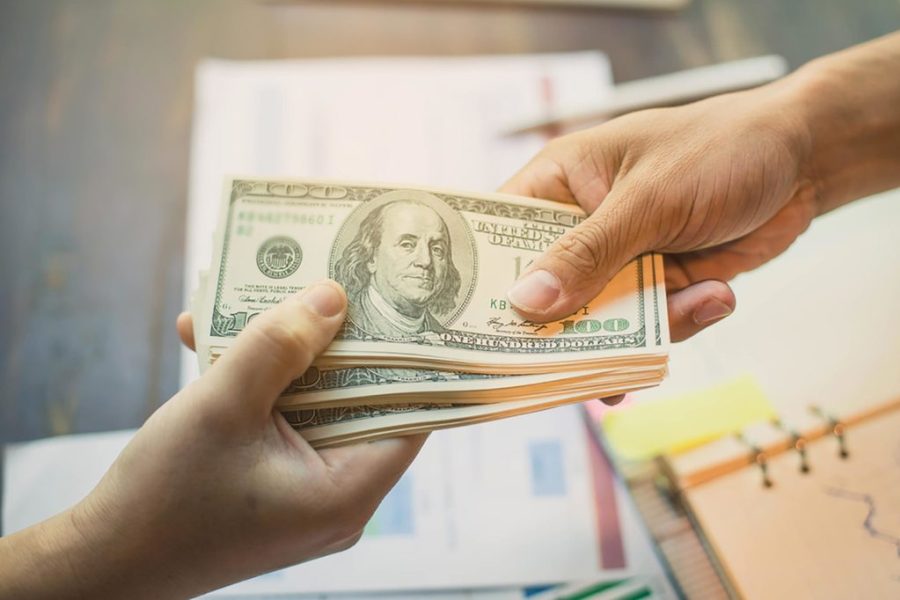If you don’t have ID, don’t worry—there are still ways to cash your check and access your money. Options like using mobile apps, ATMs, or even third-party help can make the process easier. Whether your ID has been lost, stolen, or expired, or you’ve simply never had one, you don’t have to feel stuck.

In this guide, we’ll explore practical, step-by-step methods to help you cash your check without an ID. From modern solutions like mobile deposits to in-person options at stores, you’ll find the approach that works best for your situation.
8 Ways to Cash a Check without an ID
If you don’t have a valid primary or secondary government-issued ID, rest assured you may still be able to cash a check. Here are eight options available to you.
1. Sign the Check Over to Someone Else
You may be able to use a third party check, which is written for someone but given to a third party. If you have a family member or close friend who is willing to write a check for you, get a hold of their bank or credit union.
Once their financial institution verifies they’ll accept the check, sign the back of it. Next, write “Pay to the order of” along with the receiver’s name under the line that says “Endorse check here.”
The third party can then cash your check at their financial institution and give you the funds as soon as it clears. Third party checks can often simplify the process of check cashing without an ID.
2. Take Your Debit Card to an ATM
A debit card can help you cash a check without ID. Simply insert it into the ATM and type in your PIN. Then, choose the “Cash check” option. Next, endorse the back of the check with your signature and put it into the ATM’s check deposit slot. Verify the check amount and withdraw the cash.
Keep in mind that there might be a limit to how much you can receive from a bank’s ATM with a debit card. You might have to find an alternative way to cash any amount beyond the limit of ATM check cashing.
3. Download Your Bank’s Mobile App
If your bank or credit union has a mobile app, download it on your iOS or Android device to take advantage of its mobile check deposit feature. Compared to ATM deposits, mobile check deposits are more convenient. They allow you to deposit checks, including tax refund checks, from the comfort of your own home or anywhere with internet connection.
Once you create an account or sign in to the mobile app, go to the “Deposit checks” feature. From there, you’ll need to snap a clear photo of the front or back of your check and type in the check amount. When the check clears, you can use your debit card to withdraw the cash.
Note that not all banks and credit unions allow for mobile check deposits so you’ll have to check with yours to find out if it cashes checks. Several examples of popular banks with this feature include Wells Fargo, TD Bank, Chase Bank, U.S. Bank, First Midwest, and Santander.
4. Use Mobile Payment Apps or Mobile Check Cashing Apps
There are some mobile apps that let you send and receive money without an ID. Venmo, PayPal, Ingo, and Netspend, for example, make it easy to collect funds without an ID. These apps work similar to bank apps in that you have to upload your check images.
Once the check cashing app approves your deposit, the cashed check amount will appear in your available balance. Fortunately, most mobile payment apps are free to use, but you will need an account, like a PayPal account, to take advantage of them.
5. Visit Walmart
Believe it or not, you can cash a check at Walmart without an ID. Go to the Money Center in your local store to do so. You may choose to receive your money in cash or in the form of a Walmart MoneyCard.
Be prepared to pay $4 to cash a check of up to $1,000 and $8 for a check of up to $5,000. Walmart also offers other financial services and products, like credit cards, prepaid debit cards, cash services, and money transfers.
If you live in an area without a Walmart, you might want to call around to different grocery stores and convenience stores to find out where else you can cash a check without ID.
6. Use a Prepaid Debit Card
Prepaid cards differ from credit cards in that you have to load money on them before you can use them to make purchases or pay bills. While most prepaid cards require an ID, some don’t.
The Capital One Platinum Secured Credit Card is one example of a prepaid card you can get without any form of ID. You may link your prepaid card to a third party cash checking app, like Ingo Money, capture its front and back, and wait for the issuing bank to process it. As long as you can fund the deposit upfront, a prepaid card may be a solid option.
Here are some of the best prepaid cards available.
7. Invest in a State-Issued ID
While it will cost you some money upfront, it might be worth it to invest in a state-issued ID so you can cash a check without the hassle. All you have to do is visit your local DMV or local Secretary of State (SOS) office.
Some states will even allow you to start the application online so you can expedite the in-person process. Fortunately, most state-issued IDs are affordable and will run you no more than $30.
8. Check with Alternative Financial Institutions
Some community banks or credit unions may have more flexible ID policies, especially if you’re already a customer or have a relationship with them. These institutions might accept secondary forms of ID, like a utility bill or Social Security card, or they may allow exceptions in certain circumstances.
It’s a good idea to call ahead and explain your situation to see what options they can provide. If you’re not a member, consider asking about their requirements to open an account, as some may allow you to get started without traditional ID.
Types of Primary ID Required to Cash a Check
Each bank and credit union has their own acceptable ID forms and unique rules for cashing a check. With most banks, however, you’ll need a government-issued ID.
Some financial institutions and cash checking stores might also ask for your Social Security number (SSN). Fortunately, there are several primary identification documents and cards you may use to cash a personal check or cashier’s check, including:
- Driver’s license: A driver’s license shows that you can legally operate a motorized vehicle. It contains your legal name, photo, age, and address. You can apply for and receive a driver’s license at the Department of Motor Vehicles in your state. Many states allow you to go through this process online.
- State ID: A state-issued ID is exactly what it sounds like: an ID issued by the state you live in. It usually includes the same information you’ll find on a driver’s license but doesn’t extend driving privileges. If you don’t drive, you should have a state-issued ID. Note that out of state IDs count as acceptable forms of ID.
- Military ID card: A military identification card makes sense if you’re part of the military community. These IDs are issued to active military members, retired military members, and their dependents. The three types of military ID cards include the common access card, uniformed services ID card, and Department of Defense civilian retiree card.
- Passport book: A passport card or passport book is an official travel document you can use to travel internationally. If you don’t have a driver’s license or state identification card, you can use a passport to cash a check.
- Tribal ID: A tribal ID is a federally recognized and acceptable form of primary ID. It proves that you are a member of a specific tribe. Note that membership requirements vary from one tribe to another.
- Visa: A visa is an official document that allows you to travel to a foreign country. If you live abroad and want to go to the U.S., for example, you may have a visa that you can use to cash a check.
Secondary IDs That May Be Accepted to Cash a Check
Generally speaking, you’ll need a primary ID to cash a check. However, some financial institutions are more lenient and will allow you to use a secondary ID instead.
It’s a good idea to contact your bank or credit union to find out whether they accept secondary IDs. Several examples of secondary government issued IDs you might be able to use for cashing checks, include:
- Social Security card
- U.S. birth certificate
- Health insurance card
- Permanent resident photo card
- Auto insurance card
- Firearms permit photo ID
- Welfare photo ID
- Government employee ID
- Student ID
- Employment ID, ID employment photo, or employment authorization photo ID
- Utility bill
- Foreign licenses
Reasons to Cash a Check without ID
In a perfect world, you’d have a primary ID and be able to cash a check quickly and easily. But here are some situations in which this may not be the case.
- You’ve lost your ID: It’s not uncommon to lose an ID. If you lost your ID but need cash right away to pay a bill or cover an emergency expense, for example, you may be in search of a way to cash a check without ID.
- You don’t live in the U.S.: If you live abroad but receive a check from the U.S., you may want to cash it without ID. Unfortunately, most financial institutions won’t accept your international ID.
- You don’t drive: The most common type of primary ID is a driver’s license. If you don’t have one because you’re elderly or have a medical condition or disability that prevents you from driving, for example, you may want to cash a check without ID.
- You lack the funds to obtain a valid ID: Most IDs are not free. If you’re in a tough financial situation, you may not be able to afford one.
- You’re young: If you’re in high school, for example, you may not have an ID because you don’t drive or simply never had the need for one. If you receive a check as a birthday gift, you may be looking for a way to cash it without ID.
Bottom Line
Cashing a check without an ID is possible through various short-term options, such as using mobile apps, visiting retailers, or seeking help from trusted individuals. While these methods can help in a pinch, it’s worth taking steps to secure a valid ID.
Having proper identification not only simplifies check cashing but also opens doors to more financial opportunities and services. Explore the solutions that work best for your current situation, and consider obtaining an ID for long-term convenience and peace of mind.
Frequently Asked Questions
Can I cash a check without an ID?
Primary and secondary IDs are usually required to cash a check. But if you don’t have an acceptable primary ID or secondary ID, you may still be able to cash a check. Some solutions you might want to consider include a third-party check, a debit card at an ATM, your bank’s app, and a mobile payment app.
Does a picture of my driver’s license count?
Most financial institutions require your actual driver’s license. In general, they don’t consider an image of your license a government-issued ID. If you lost your driver’s license, it may make sense to get a new one.
How much does it cost to cash a check without ID?
Typically, you can cash a check without ID for free and avoid check cashing fees. Some methods, however, will cost you. If you go to Walmart, for example, you may have to pay a fee, which will be based on your check amount.
Is it possible to cash a check without a bank account?
You don’t need a bank account, like a checking account to cash a check. You might be able to get the job done at a check cashing store or big box retailer. Just be prepared to pay a fee. Keep in mind that a bank account is often worth opening so you can easily deposit money and enjoy direct deposit and other conveniences.
See also: How to Cash a Check Without a Bank Account
How much time do I have to cash a check?
In general, personal checks and business checks are only good for six months. But it’s a good idea to cash a check as soon as possible because the check writer may close their account or use the money they had set aside for your check and cause it to bounce.
How do I endorse a check?
To cash a check with or without ID, you’ll need to endorse it, as this process will give the bank or other check cashing provider permission to take action. To endorse a check, simply sign the back of it.
What can I do to prevent cash checking scams?
Unfortunately, cash checking scams are common. To avoid them, don’t let someone else cash your check unless you know and trust them. In addition, put your cash away before you leave the counter or store. Another option is to only cash some of the check and deposit the rest of the funds to your bank account.




